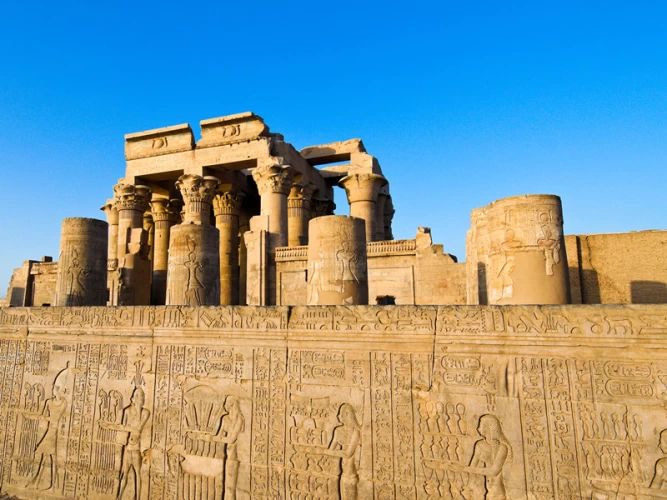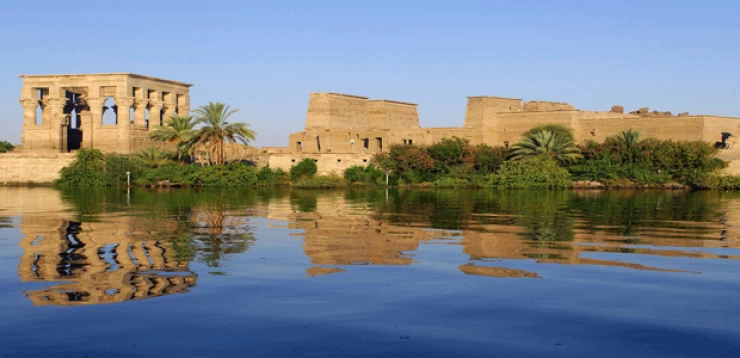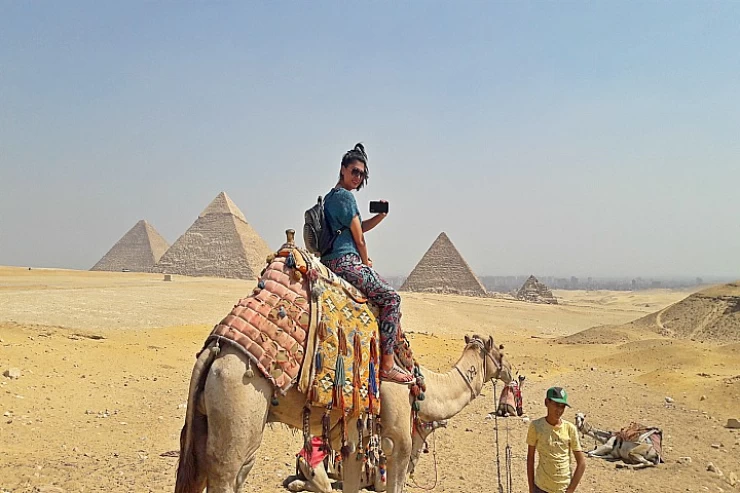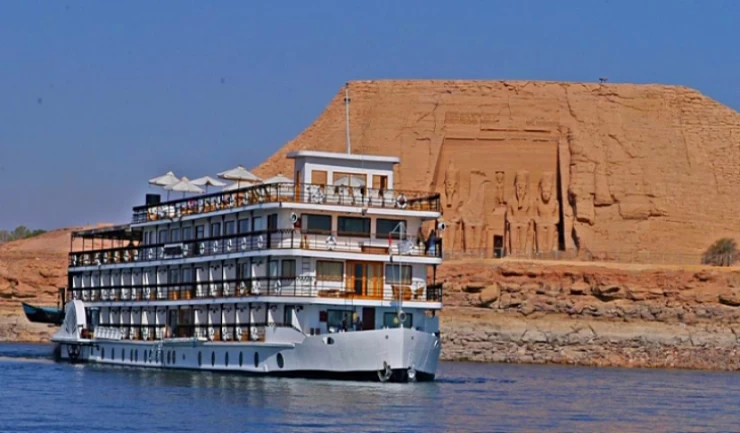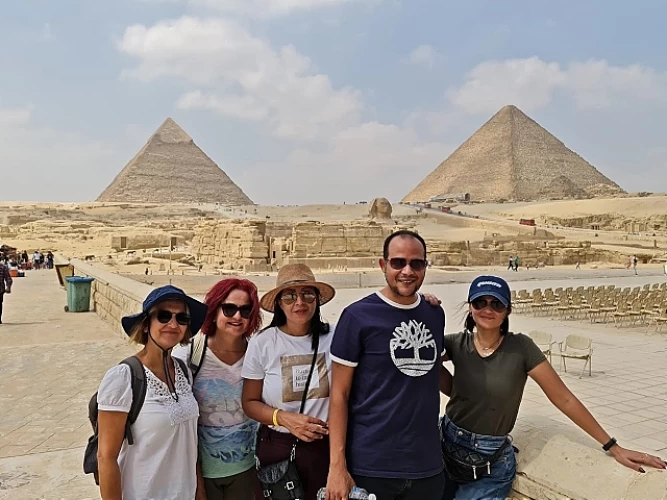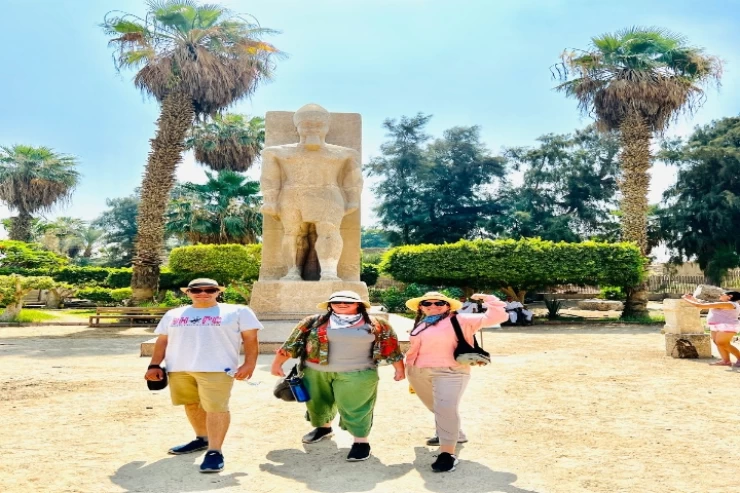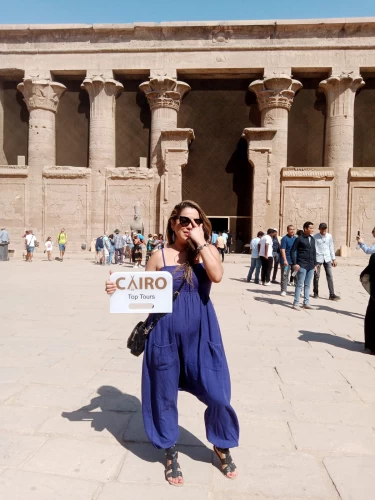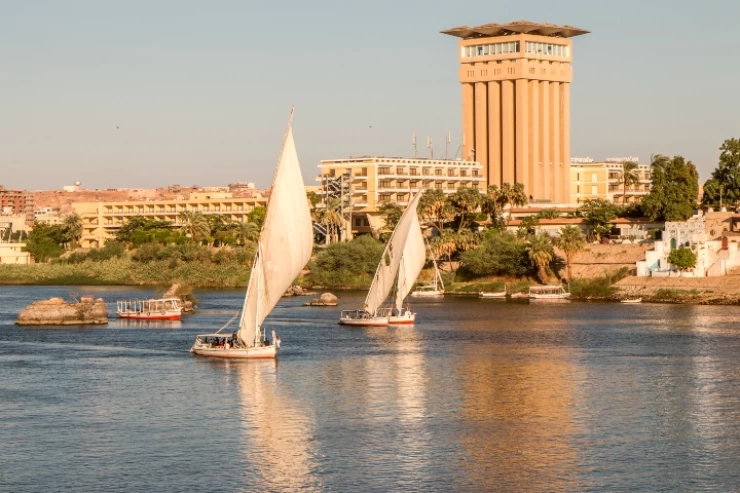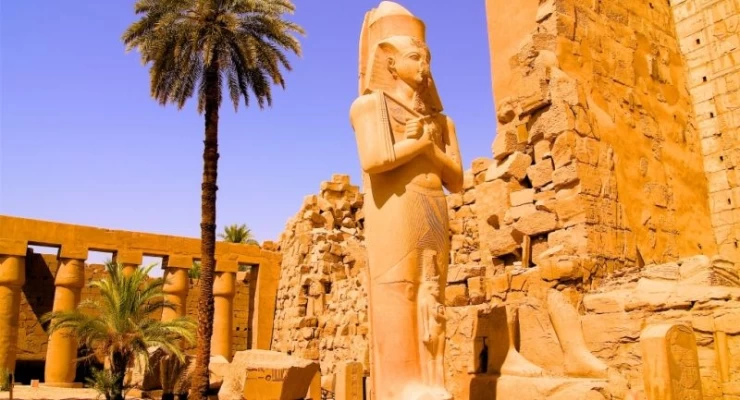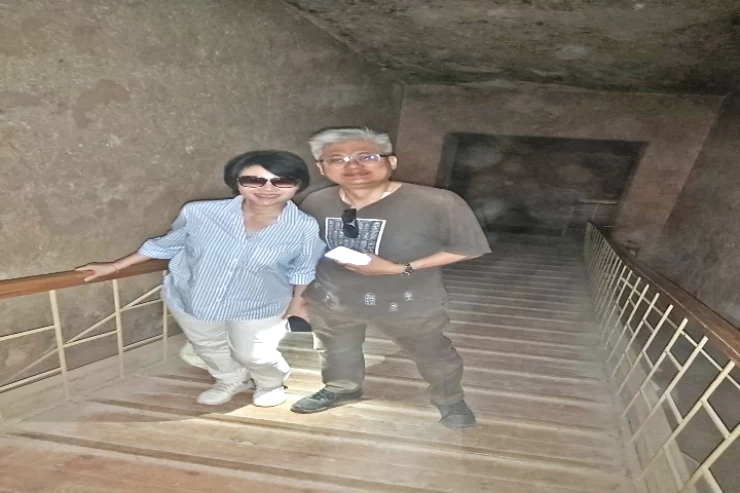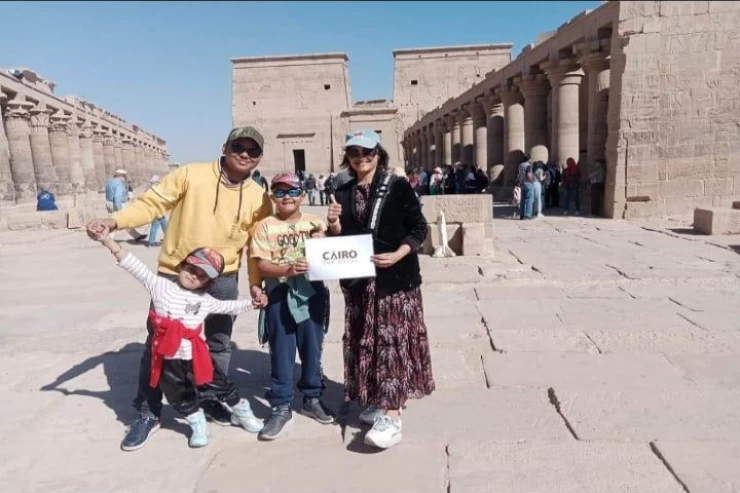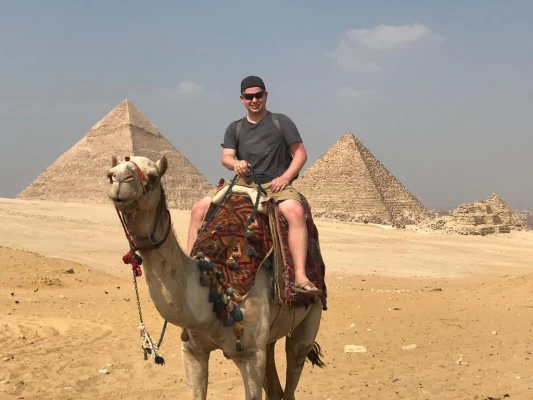
El Kab Luxor Egypt | El Kab Thebes Luxor
El Kab consists of tombs of the first Eighteenth folk (1550–1295 BC) and remains of temples geological dating from the first folk amount (3100–2686 BC) to the Ptolemaic Kingdom (332–30 BC), furthermore as a part of the walls of a Coptic cloister. This website was 1st scientifically excavated by James Quibell at the tip of the nineteenth century. Still, alternative archaeologists at this website embrace Elector inexperienced, Archibald Henry Sayce, Joseph John Tylor, and Somers Clarke. However, Belgian archaeologists took over the project in 1937, and have remained in their hands since then. abundant of the analysis done at this website befell among the city enclosure of El-Kab. However, since the Nineteen Eighties, the work has shifted additional to the north and northeast of the city.
there is proof that the positioning was occupied for a period of time with signs of a Palaeolithic trade geological dating from regarding 7000 BCE. a crucial graveyard is geological dating from the time of Naqada three (towards 3000 BCE). various prehistoric graffiti conjointly exist on the walls of the wadis. Well, value seeing various pre-dynastic petroglyphs and old Kingdom inscriptions that you'll be able to realize on your means between the temples on the faces of the rocks.
At the entry of the valley Hilal, one finds the repository chapel of Amenhotep ||| and a chapel from the times of Ramesses ||.
Ancient Nekheb
The walled settlement of Nekheb was one of the primary urban centers of the first folk amount. For a brief time within the New Kingdom (1550–1069 BC), it eclipsed the town of Nekhen or Hierakonpolis on the alternative bank, turning into the capital of the Third Nome of administrative division. Its huge mudbrick walls, geological dating to the Late amount (747–332 BC) and thought to own been designed by Nectanebo II as a military action, are still mostly preserved. They enclose a section of regarding twenty-five,000 sq. meters (270,000 sq ft).
Temple of Amenhotep III at El Kab
Near the center of the Nekheb are the remains of arenaceous rock temples dedicated to the traditional Egyptian deities Nekhbet and Egyptian deity that dates primarily to the Eighteenth to Thirtieth Dynasties (1550–343 BCE), however, the initial foundation of the temple of Nekhbet virtually actually dates back to the late fourth millennium B.C.
Necropolis
The burial ground has some important tombs, showing the first history of the Eighteenth folk and also the conjugation of Egypt. the design of the first Eighteenth folk wall paintings anticipates that of the primary New Kingdom nobles’ tombs at Thebes. The rock tombs of the provincial governors of Nekheb within the New Kingdom embrace those of Sobeknakht II, a crucial official UN agency who saved the Hellene Sixteenth or Seventeenth folk from close to destruction by invasive forces from the dominion of Kush, Ahmose, son of Ebana, associate degree admiral within the wars of liberation against the Hyksos rulers (c. 1550 BCE), and Setau, a priest throughout the reign of Ramesses (1184–1153 BCE).

King Ahmose | The Warrior Pharaoh of Ancient Egypt
Ptolemaic and Roman eras
During the classical amount, the city flourished and has become referred to as Eileithyias polis (Greek: Ειλείθυιας πόλις, Latin: Lucinae Civitas). This village could have thrived for a minute, however, it appears that in 380, the town was destroyed, either by military or political events. All that is still of the particular buildings are the lower elements of the walls of the homes, however as luck would have it several of the artifacts that may be within the homes remained. Coins from the primary to the fourth century were recovered together with Demotic Greek and ostraca.
Walls
One of the discoveries at the positioning that Quibell questioned the foremost throughout his dig was the walls close to the Serdab. in step with a journal article printed by the “British repository of Ancient Egypt and Sudan”, the walls date to regarding the thirtieth folk or the fourth century B.C. In 1921, a writing titled “El-Kab and also the nice Wall” was printed in “The Journal of Egyptian Archaeology”, and it explained additional the 3 completely different sets of walls and what they were used for. the primary set of walls (the word set is employed to explain a double vary of walls) “encloses a part of the traditional city, second a double vary [encloses] the temple cluster, and lastly, most conspicuous of the 3, the nice and large wall across the positioning of the traditional city.” This last wall mentioned surrounds a plot of land that had ne'er been inhabited. However, rather more analysis has been done since then. once it slowed, as a result of the movement of the Nile River towards the town had vulnerable to destroy the development, so the initial wall around the town may not be applicable.
The Egyptians had to construct a brand new wall farther from the Nile in order that the individuals may continue building their homes and living in a section safe from destruction. James bosomed mentions these walls in the associate degree account he wrote of the positioning in 1897. In his article, he admires that “it is that the sole town of remote antiquity the walls of that still stand virtually intact. From the cliffs back of the city, one could look down upon it, stretched to a lower place one’s feet, and virtually see the majestic temple, encircled by the gorgeous villas of the feudalistic lords, whose force once handled the currently silent walls.” He then describes these walls as a sun-baked brick ordered xxxviii feet thick associate degreed close an enclosure 2 thousand feet long and fifteen hundred feet wide.
Ancient campsites
In 1967 Pierre Vermeersch discovered a series of well-stratified Mesolithic campsites. Radiocarbon-dated to c.6400-5980 before Christ, these are the type-sites of the Elkabian microlithic trade, filling a niche within the prehistoric cultural sequence of Egypt between the period of time (c. 10,000 BC) and also the earliest Neolithic (c. 5500 BC).
Ancient texts
Since the Nineteen Eighties, even more, discoveries are created. the encircling hills are inscribed with petroglyphs that place the amount, from Predynastic to Moslem times, to not mention hieroglyphics that additionally vary in date (but, for the foremost half, were written throughout the sixth Dynasty). At first,t these inscriptions are just like contemporary graffiti – random phrases written by passersby and travelers. However, once more studied, it had been completed that these phrases are short texts that mention the town’s inhabitants. this is often terribly fascinating as a result it tells the United States of America that Egyptians noted World Health Organization lived in what villages or a minimum of World Health Organization lived in El-Kab. Of course, these inscriptions are solely dated from the Sixth kinfolk, however, they still tell the United States of America a bit regarding what they valued.
The El Kab site offers a valuable insight into ancient Egyptian history, with tombs belonging to the New Kingdom period, when Egyptian power and influence were at their height. The remains of the temples also bear witness to the long religious and cultural history of the region, from the earliest times to the Ptolemaic period, which marks the period of Greco-Egyptian domination.
Excavations and research at El Kab have led to a better understanding of ancient Egyptian history, religion, art and society. The site continues to be studied by archaeologists and researchers, who hope to make new discoveries and deepen our knowledge of this fascinating period in Egyptian history.
There's a really awesome place in Luxor called Temple Of Madinet Habu. It's a special place where you can learn all about how people lived a long, long time ago in Egypt. You can even pretend to be there yourself and see all the amazing things they had back then.
Latest Articles
Admin
Seabourn Sojourn Cruise Stops in Safaga Port
The Seabourn Sojourn, the flagship vessel of Seabourn Cruise Line's ultra-luxury fleet, was built in 2008 at the T. Mariotti shipyard in Genoa, Italy. Measuring 198 metres, it can accommodate up to 450 guests in its 225 spacious all-suite staterooms.
Admin
Norwegian Sky Cruise Stops in Safaga Port
Norwegian Cruise Line operates a cruise ship called the Norwegian Sky. It was constructed in 1999 and can accommodate 2,004 passengers in addition to 878 crew members. The ship has several dining establishments, lounges and bars, a spa and fitness center, swimming pools, and a number of entertainment areas.
Admin
Explora II Cruise Stops in Safaga Port
Explora II, the second vessel in the Explora Journeys fleet, sets sail in 2024 to redefine luxury cruising. With 461 ocean-front suites, 9 culinary experiences, and 4 pools, this haven of sophistication and sustainability promises an unforgettable "Ocean State of Mind" journey to inspiring destinations.
Admin
Mein Schiff 6 Cruise Stops in Safaga Port
The Mein Schiff 6 is the latest cruise ship in the renowned TUI Cruises fleet, offering passengers a luxurious and sophisticated cruise experience. At 315 metres long, this floating resort features a range of dining options, entertainment, and recreational facilities, including a spa, fitness centre, and sports amenities.
Admin
Mein Schiff 4 Cruise Stops in Safaga Port
When the Mein Schiff 4 cruise ship docks in Safaga, Egypt, passengers are granted access to a realm of ancient wonders. Aboard this state-of-the-art vessel, guests can embark on meticulously curated shore excursions that showcase the region's most iconic landmarks, including the Giza Pyramids, the enigmatic Sphinx, and the remarkable tombs and temples of the Valley of the Kings in Luxor.
Admin
MS Europa Cruise Stops in Safaga Port
The Silver Moon, Silversea's latest flagship, is a luxury cruise ship that offers an exceptional travel experience for Venezuelans exploring Egypt. With a capacity of 596 guests and an impressive 40,700 gross tonnes, the Silver Moon maintains the small-ship intimacy and spacious all-suite accommodations that are the hallmarks of the Silversea brand.






